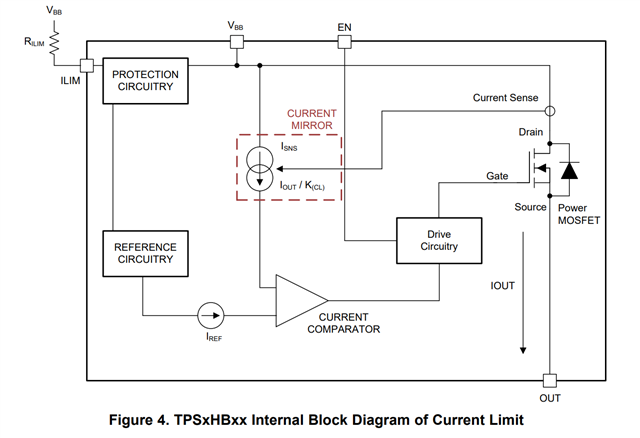Hi team,
When EN=L and DIA_EN=H, will the normal current sense function work even if the FET in the IPD is broken by short then the VBB-VOUT is short-circuited?
Regards,
Youhei MIYAOKA
This thread has been locked.
If you have a related question, please click the "Ask a related question" button in the top right corner. The newly created question will be automatically linked to this question.
Hi team,
When EN=L and DIA_EN=H, will the normal current sense function work even if the FET in the IPD is broken by short then the VBB-VOUT is short-circuited?
Regards,
Youhei MIYAOKA
(Continuing question...)
I think that protection functions such as OC protection and OT protection work even when DIA_EN=L. Only diagnostic output is not output.
Is my understanding correct?
Regards,
Youhei MIYAOKA
Miyako-san,
If the power FET of the device is failed short, then we really cannot guarantee that any of the protection features would work. The way the current limitation/thermal protection works is that the GATE of the power FET is used to regulate the current and shut off the device in the event of a thermal/current fault. We describe this protection mechanism in detail in the following applications note:
https://www.ti.com/lit/pdf/slva859
Specifically the following diagram:

If the FET is damaged and current is flowing in the OFF state, we really cannot say reliably that the current protection would work. Even if the current mirror was operating in the OFF state- we really would have no way of confidently saying that it could turn off the FET in the event of a fault.
The overcurrent/thermal protection is always there, regardless of the DIAG_EN pin, however it is only reported via the SNS pin if DIAG_EN is high. The DIAG_EN pin also controls if open load detection (off state) is being reported/monitored.
Best Regards,
Tim
Hi Tim,
Thank you for your feedbacks!
In the event of a failure of the IPD itself, we would like to cut the output by turning off the power relay circuit set at the top of the power terminal. This function is expected to be achieved by notifying when current is flowing in the internal FET_off state.
Therefore for #1 question, if the FET is flowing in the off state and the current mirror is activated, is feedback done from SNS even if it is not guaranteed?
Regards,
Youhei MIYAOKA
Miyaoka-san,
It would be difficult to say for sure as usually when the FET is failed short there has been a catastrophic event in the system that likely would have damaged circuitry around the device. There would be no way to determine if only the FET was damaged, or if surrounding components were also damaged.
In the event that the damage was solely isolated to the FET itself and none of the current mirror circuitry was damaged, the SNS pin would likely show a fault signal based on the large current going through the device.
Best Regards,
Tim